Dr Tim Hill, Chief Scientist at Natural England, tells us about the publication of Natural England’s first Chief Scientist’s Report, why we have put it together and what you can read between the covers.
I’ve been looking forward to this day for a while. Firstly, because today I have the pleasure of launching the first Natural England Chief Scientist's Report, which presents 45 case studies showcasing some of the science and evidence projects we have been involved with from 2015-16. Secondly because I’m able to mark the occasion by bringing one of the stories to life with a site visit to see for myself how our science and evidence work is underpinning conservation delivery.
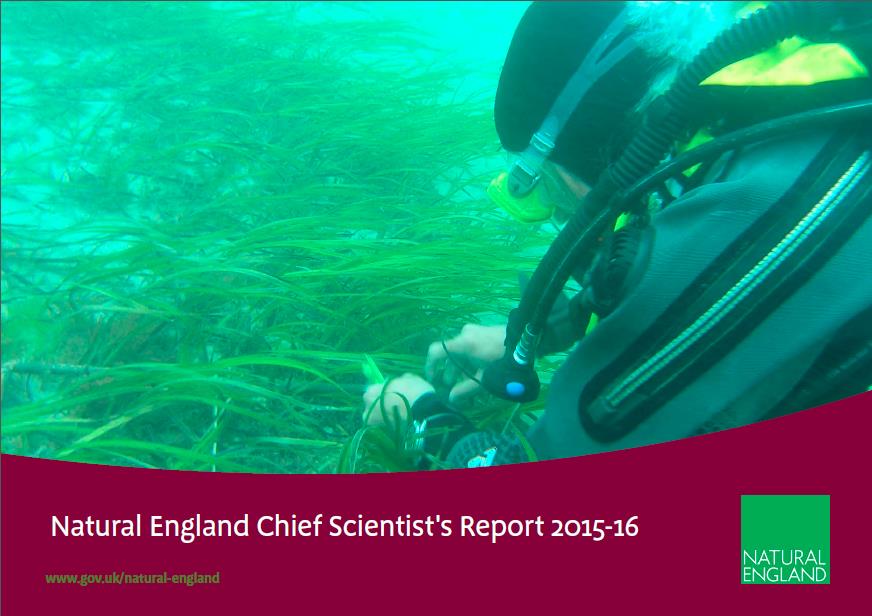
About the report
My aim as Chief Scientist is to ensure that we use the best available social and environmental science and evidence to support our work to improve the natural environment and people’s enjoyment of it. As we compiled this report over the summer, it soon became clear just how rich and varied our science and evidence work is. Much of what we do is in collaboration with a wide range of partners from across other parts of the Defra group, scientific institutions, voluntary bodies and individual land managers.
Such collaboration brings enormous benefits, and in many areas of conservation science it enables us to get involved in the application of cutting-edge science and technologies that improve how we monitor the natural world, and tackle some of the challenges that we face in managing places for people and nature. The Chief Scientist’s report provides me with an opportunity to showcase some of this, and to illustrate the important scientific foundations upon which we build our work.
Report launch - visit to freshwater pearl mussels on the River Esk
So, back to the North York Moors, where today I’ve had the great pleasure of seeing one of the projects in action on the beautiful River Esk, and to meet with our partners in the North York Moors National Park (NYMNP) that are making it happen.
As a marine ecologist, I’ve been fascinated by mussels for years. But freshwater pearl mussels are nothing like their marine cousins. They can live for over 100 years making them one of the longest-living animals in the UK. However, they have suffered severe declines in the 20th century, and are currently listed as ‘critically endangered’. One of the few English rivers where the freshwater pearl mussel hangs on is the River Esk that flows along the northern part of the North York Moors and into the sea at Whitby.
Back in 2007, Natural England, the Environment Agency, the Freshwater Biological Association (FBA) and a range of local partners established a detailed conservation plan for the species based on an ambitions captive breeding programme.
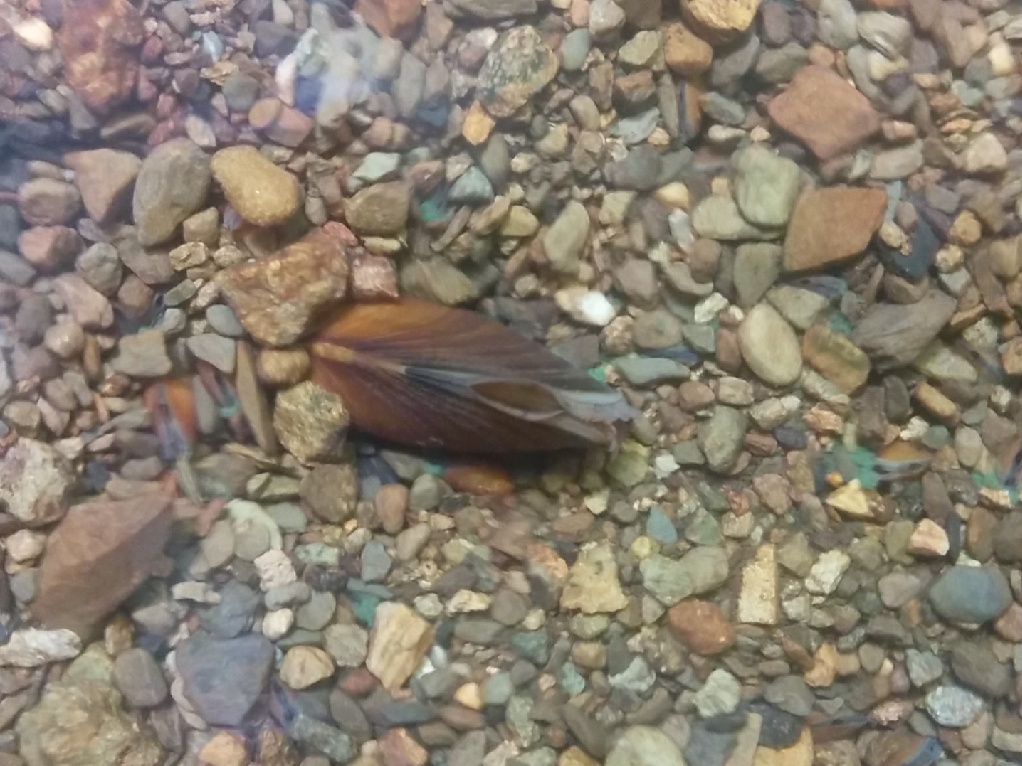
Today, I have seen the work being done with farmers along the banks of the river to reduce sediment and nutrient input into the Esk.
It’s not just because the mussels are critically endangered that such efforts are being made for the freshwater pearl mussel. They are also an important indicator species, so if we get the water quality conditions right for them, it will also have positive benefits for a range of other wildlife such as otters, salmonid fish (which act as a host for the mussel larvae), dippers and kingfishers. I learned today that the river Esk supplies the whole of Whitby with drinking water too, so it’s not just the wildlife that benefits from the cleaner water.
Despite the cold and foggy weather in Danby today, I pulled on some waders and went in search of the River Esk mussels. Guided (from the bank) by local expert Simon Hirst (River Esk Project Officer at the NYMNP) I was lucky enough to find one of the remaining thousand or so. As an added bonus we were also lucky enough to see salmon spawning beneath the footbridge at NYMNP visitor centre.
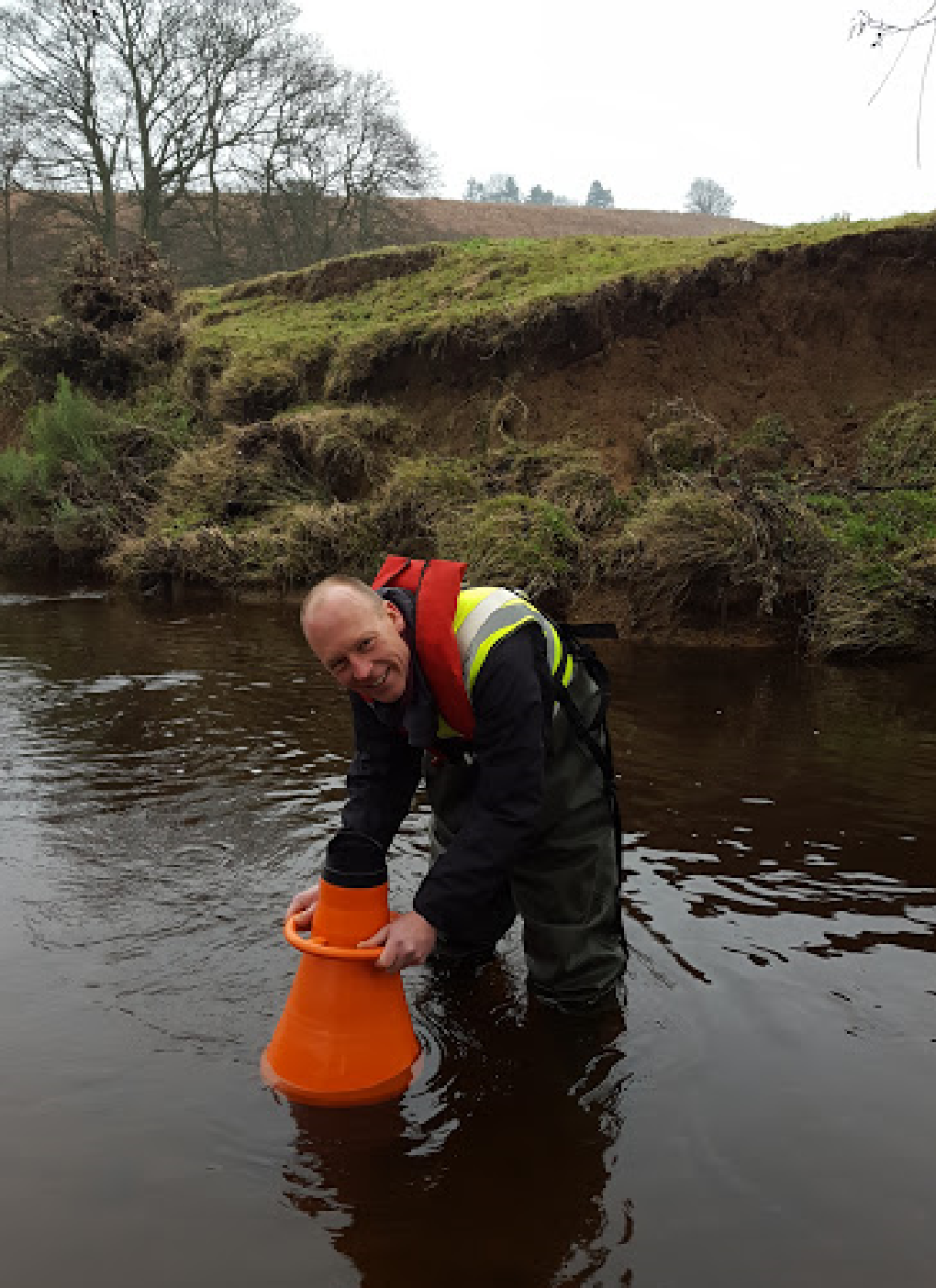
Hopefully in a few more years the river will, once again, be home to a thriving population that is able to sustain itself thanks to the improved scientific knowledge and the concerted delivery efforts of many.
The breadth of our work
Saving the freshwater pearl mussel is just one example of the science in my report showing how Natural England and our partners are making a real difference to our understanding, and conservation, of the natural environment.
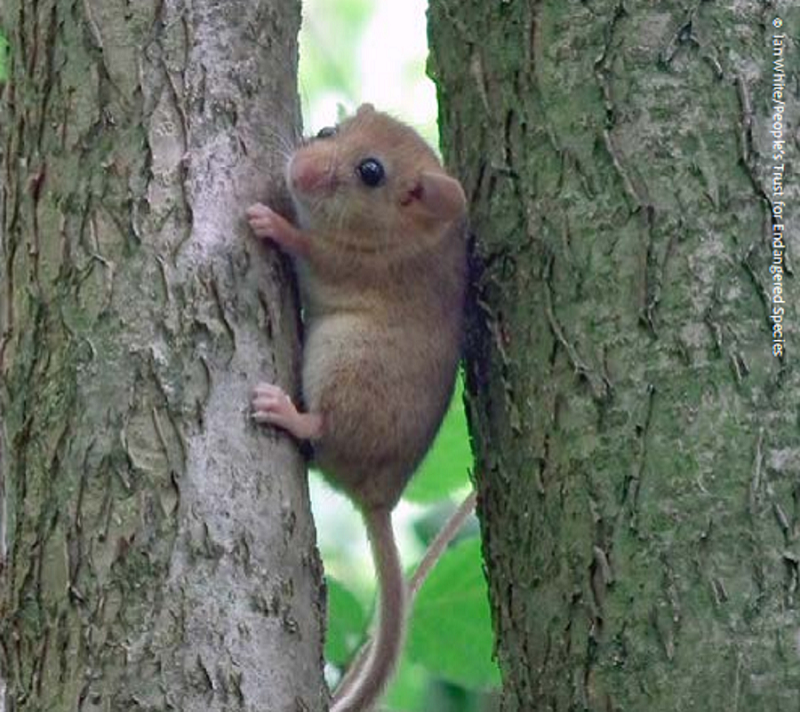
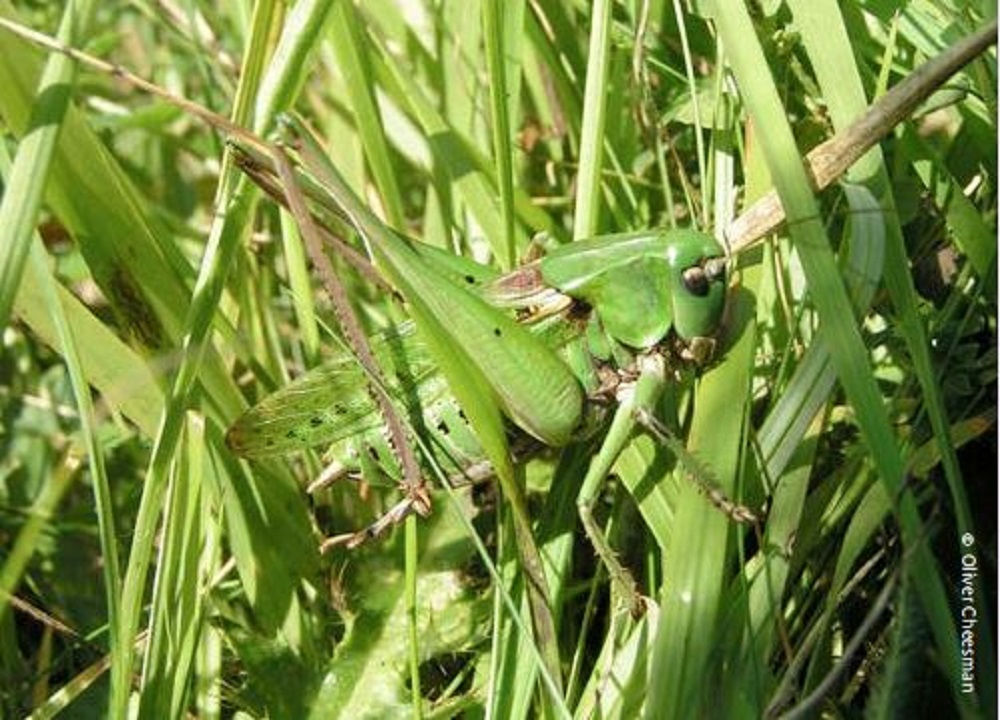
Articles in the report cover the breadth of our work - the conservation projects for species such as the wart-biter cricket (page 33) and the dormouse (page 29), our work around climate change, protected areas (including the extension of the Yorkshire Dales and Lake District National Parks - page 45), geodiversity, and the marine environment (including the stalked jellyfish - page 50) so there should be something of interest for everyone. I hope you enjoy it.
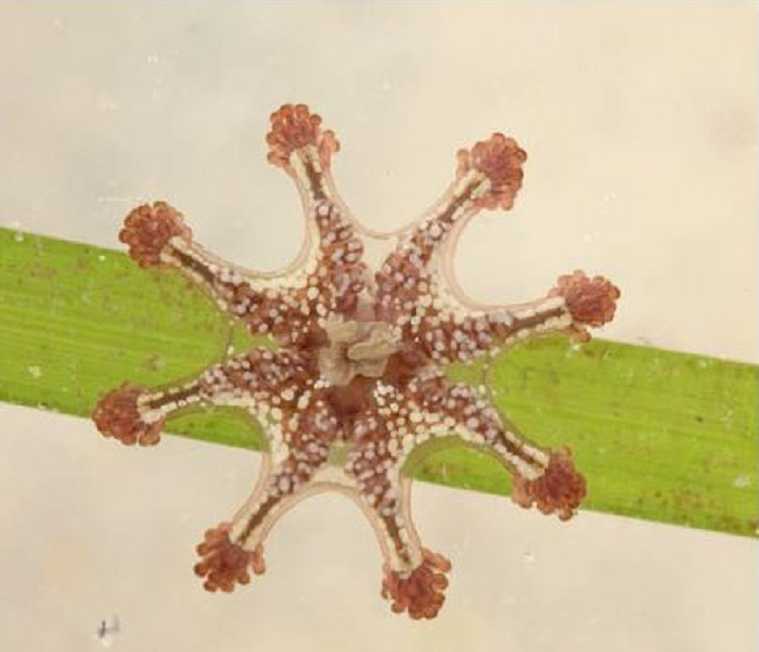
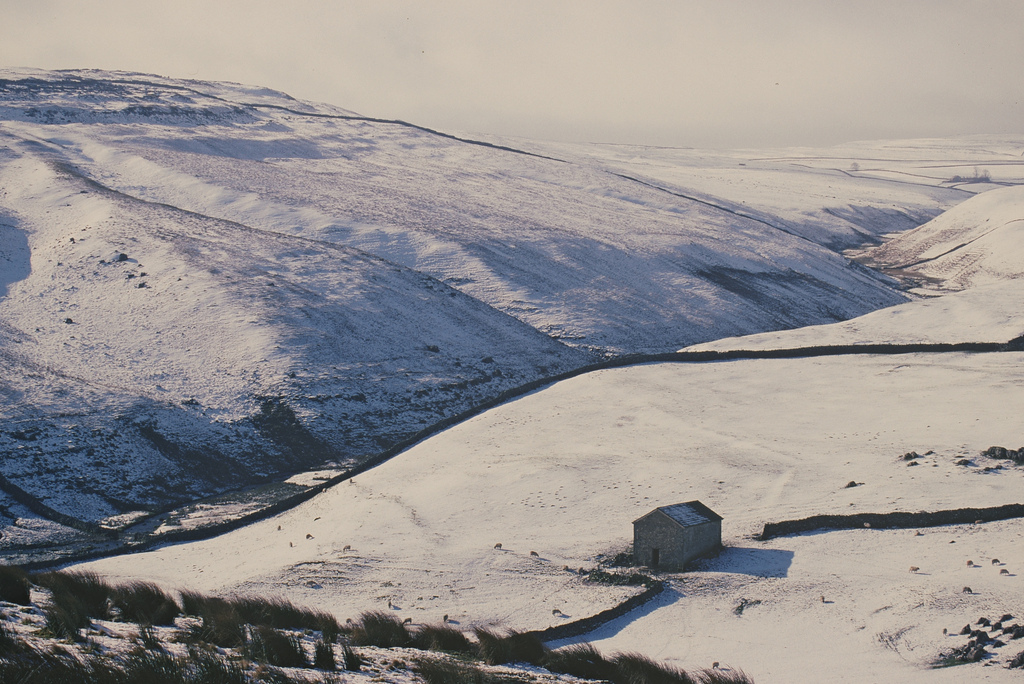
If you have any feedback or comments, please do get in touch. You can email us on NEChiefSciReport@naturalengland.org.uk, or comment via Twitter @NEChiefSci
1 comment
Comment by thelma posted on
...why are you massacring birds?...by what right have you decided the fate of wild creatures?...this isn't science, it's self-interest...i'm ashamed to think of myself as british these days...how dare you kill animals that are already threatened by human presence and stupidity...